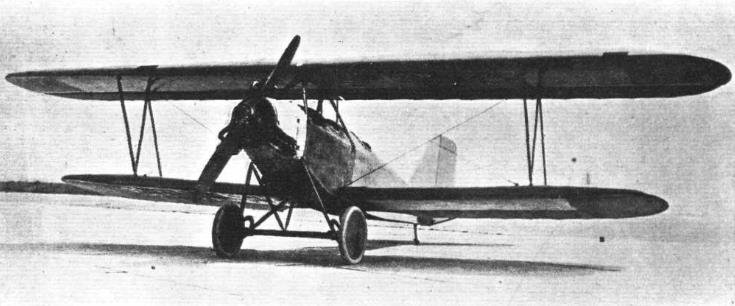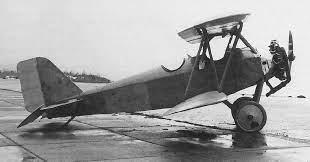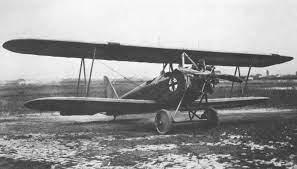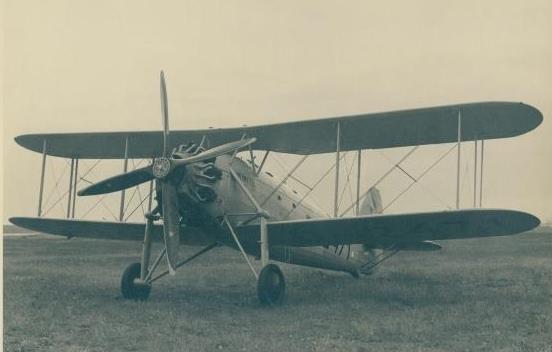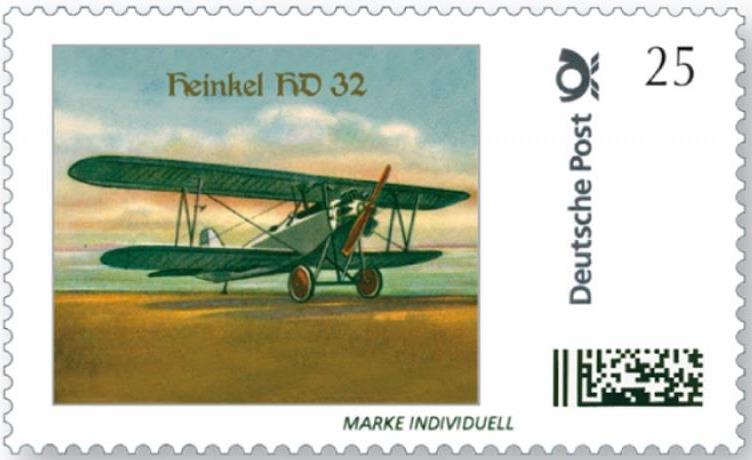| Type | Two-seat trainer | ||
| Engine | 1 Siemens-Halske Sh 12 | 1 Siemens-Halske Sh 11 | 1 Bristol "Lucifer" |
| Dimensions | Length 6,80 m, height 3,02 m , span upper 10,50 m, lower 9,50 m, wing area 23,3 m2 , | Length 6,90 m, height 3,02 m , span upper 10,50 m, lower 9,50 m, wing area 23,3 m2 , | |
| Weights | Empty 520 kg, loaded 900 kg , max. take off weight | ||
| Performance | Max.. speed 140 km/h , landing speed 70 km/h, cruising speed , range 600 km, endurance 4,5 h , service ceiling 3800 m , climb 2,2 m/sec., to 1000 m 7,5 min. | ||
| Type | Werk.Nr | Registration | History |
| 228 | D-663 | Crashed 28.9.1925. Took part in the "Deutschen Rundflug 1925" | |
| 229 | D-672 | Crashed 3.5.1926 Took part in the "Deutschen Rundflug 1925" | |
| 230 | D-678 | Built 1925, Bristol "Lucifer". Took part in the "Deutschen Rundflug 1925" | |
| 231 | D-590 | DVL. To Akaflieg Berlin. Used for "Blindflugausbildung". Crashed 4.7.1930 | |
| 232 | D-92 | Built 1928. DVL. To Akaflieg Darmstadt . Crashed 28.6.1930 | |
| 233 | D-746 | Built 1928. DVL. To Akaflieg Aachen. Emergency landing 12.1934 | |
| 234 | D-432 | DVL . Crashed 30.5.1926 | |
| 16 | D-840 | Built by Arado DVS Staaken. Crashed 8.8.1926 | |
| 17 | D-841 ? | Built by Arado DVS Staaken. Crashed 22.4.1926 | |
| 18 | D-842, D-EZIX | Built by Arado 1928 DVL. To TH Stuttgart | |
| 19 | D-843, D-EDIN | Built by Arado 1928 DVL |
